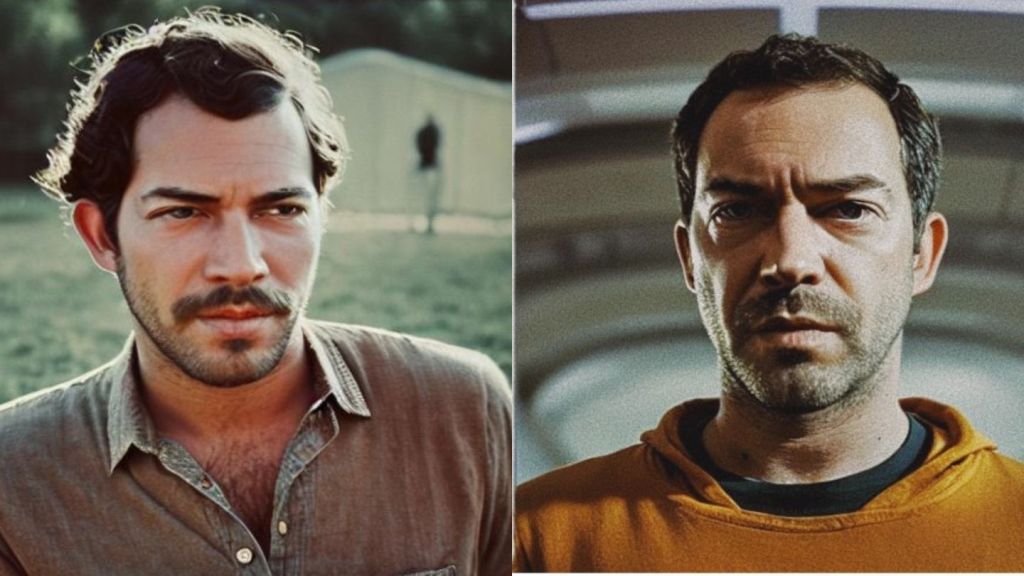Algorithmically-generated art has been proliferating over the past few months, sparking intense debate and pearl clutching about whether AI will make human artists obsolete—now there’s a new, frightening development that threatens another sacred art form: the selfie.
An algorithmic selfie-generation tool went viral after images it generated were shared on Twitter by Fabian Stelzer, an AI enthusiast, on Tuesday. In a thread, Stelzer ran his own selfies through online tools that provide custom tweaks to the popular Stable Diffusion model multiple times to create all sorts of selfies. His technique generated selfies in various painting styles, portraits using specific film genre or movie director stylizations, an image of him at Woodstock, and another of him as a woman.
Videos by VICE
Startup studio Stability.AI’s Stable Diffusion is one of many machine-learning systems that takes text prompts and generates pictures, trained on datasets of billions of pictures that are annotated and labeled based on what they depict. Over time, the system can be trained to associate certain words and phrases with certain types of images, aesthetics, places, and so on. A cottage industry has popped up around the model and others like it, with several websites letting users “tune” the model and add custom embeddings. One website, called drawanyone, claims to be able to do this with just five source images and one hour. Perhaps as a testament to this ease of use, a few replies to Stelzer’s thread include people making their own AI-derived selfies.
“I was pretty struck that it worked so well using only a handful of reference images to train an embedding of myself into the model,” Stelzer told Motherboard. “The selfies I uploaded may have been a bit samey though, so I’ll train a new one on a more diverse set of poses and expressions.”
Stelzer is behind other similar algorithmic generation projects, such as SALT—which bills itself as “the world’s first fully AI-generated multiplot ‘film’—a web6 internet adventure where your choices create a 1970s lo-fi sci-fi universe.” Images are created with algorithmic generation tools like Stable Diffusion, but also Midjourney and DALL-E 2. Voices are generated using audio generation tools such as Synthesia and Murf. Stelzer is also using GPT-3 to help generate the film’s script. And as each chunk of the film is created, viewers are able to vote on what happens next to help drive the plot of future installments and films.
“[Algorithmic systems] are at least as big as the invention of photography and film, and if we include large language models such as GPT-3, probably as big as the invention of the printing press. The impact on media, culture and the fabric of reality will be pretty profound,” Stelzer told Motherboard.
“I think that the open source community approach adopted by Stability.AI will ultimately turn out to be safer than closed corporate approaches where you still end up with malicious actors, but a much smaller community of people who can work with these systems competently,” he added.
More
From VICE
-

(Photo by Wojtek Laski/Getty Images) -

Photo by Omar Marques/SOPA Images/LightRocket via Getty Images -

Jason M. Allen's 'Théâtre d'Opéra Spatial' -

Photo by ALLISON DINNER/EPA-EFE/Shutterstock
